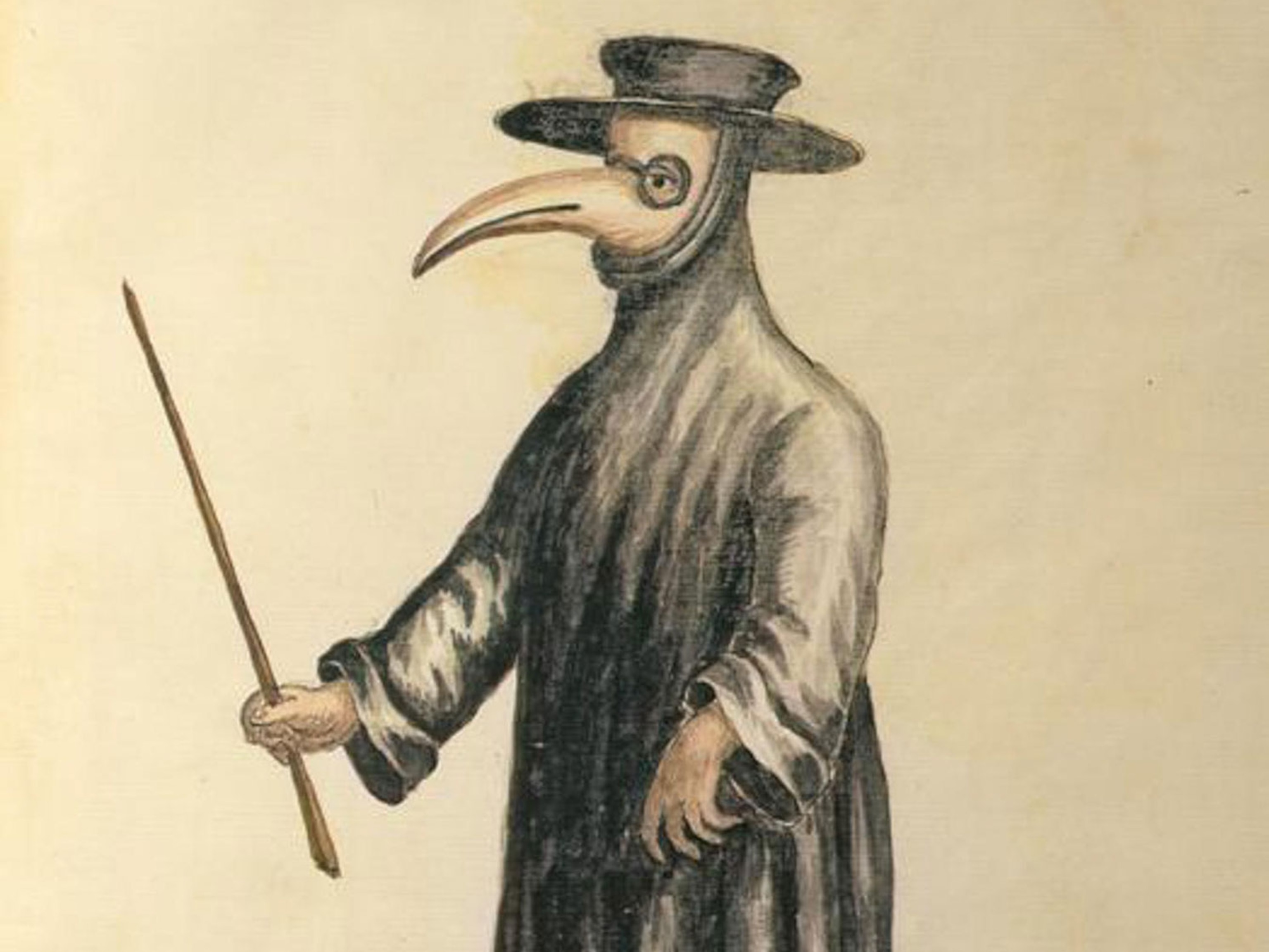Five chronic conditions we don't want to grow old with
Many people could live their later years suffering from one or more chronic conditions. To ensure quality of life in our longer lives, we need to beat five debilitating disorders associated with old age.
Cancer and cardiovascular disease are among today’s top killers, but in the future delaying death might not be our biggest health concern. Global average life expectancy has risen to 72 years, many people could live their later years suffering from one or more chronic conditions. To ensure quality of life in our longer lives, we need to beat five debilitating disorders associated with old age.
Age-Related Macular Degeneration
Age-related macular degeneration, or AMD, is the main cause of visual impairment in industrialized countries. The central field of vision becomes blurred and distorted, over time, the blurred area may grow larger and some people could develop black spots in their central vision. In the UK, around one in 200 people have AMD by the age of 60, jumping to one in eight by age 80 or older. The prevalence of early disease is highest in people of European ancestry, compared with Hispanics, Asians (Chinese), and Africa Americans. Of its two main forms, wet AMD is caused by abnormal blood vessel growth and can be treated if caught quickly. However, dry AMD emerges more slowly as the body stops replacing dead retinal cells when they die, and is currently incurable. Although AMD sufferers always retain some peripheral sight, the impact is significant, requiring psychological support, new mobility and life skills, and adaptations to home and workplace. Worldwide it’s estimated that 196 million people will have AMD by 2020, rising to 288 million by 2040.
Osteoporosis
From about age 35 our bone tissue decreases, making bones fragile and more likely to break. The most common form of bone disease, osteoporosis affects 200 million people and causes nearly nine million fractures a year—one every three seconds. Anyone can develop osteoporosis, but it is most prevalent in postmenopausal women due to their lower bone mass density and the sudden loss of protective estrogen; one in three women over 50 will suffer an osteoporotic fracture. Although you can’t feel osteoporosis, the fractures it causes can be devastating, with huge personal and economic consequences including chronic pain, long-term disability, secondary health problems, and even death. With an aging population, osteoporosis could become a global epidemic.
Osteoarthritis
Osteoarthritis is the leading cause of disability among American adults and affects around 10 percent of the world’s population over 60. Throughout our lives, natural wear on the cartilage that protects and smooths the movement of joints is usually repaired by the body. With osteoarthritis, however, the cartilage breaks down, causing stiffness and pain until, in the final stages, the bones actually rub against each other, altering the shape of the joint. This often results in debilitating pain that reduces mobility and can make it difficult to carry out everyday tasks; it’s estimated to cost the United States economy $100 billion a year in lost work days. There is currently no cure for this long-term condition, but some treatments and lifestyle changes can help slow down its progression. By 2050 it’s believed that degenerative joint diseases such as osteoarthritis will impact at least 130 million people and consume a huge amount of health care resources.
Dementia
Although associated with old age, dementia is not a natural part of aging but an umbrella term for the brain damage caused by stroke or diseases such as Alzheimer’s. These symptoms go beyond memory loss to include the chronic and progressive deterioration of mental sharpness, language, understanding, judgment, motivation, and movement that prevents normal daily activities. There is no known cure. The World Health Organization has declared dementia a public health priority, as it already affects 50 million people and is projected to rise to 82 million by 2030 and more than 150 million by 2050. The overwhelming nature of dementia makes it a leading form of disability and dependency that brings devastating physical, emotional, and economic consequences to the sufferer, their families, friends, and society. Currently costing $818 billion per year—1.1 percent of global GDP—rising costs and an aging population could see dementia put critical pressures on health care.
Type 2 Diabetes
Although diabetes can strike anyone, its incidence increases rapidly with age and now affects over 420 million people—a four times increase in four decades. Around 90 percent of these cases are type 2 diabetes, where the body doesn’t use its insulin effectively enough to manage blood sugar levels. This leads to symptoms including excessive urine production, constant thirst and hunger, weight loss, eyesight problems, and fatigue. Over time it can damage the heart, blood vessels, eyes, kidneys, and nerves, significantly increasing the risk of heart attack, stroke, kidney failure, infection, limb amputation, and blindness; it is the world’s seventh biggest killer. Despite the fact that type 2 diabetes can be managed and even prevented through simple lifestyle changes such as a healthy diet and exercise, its occurrence continues to rise, especially in middle and lower-income countries, and in the U.S. diabetes is forecast to grow 54 percent by 2030.
We asked some big questions about living a better life. Discover more about how we can overcome the world’s biggest challenges at natgeo.com/questionsforabetterlife





